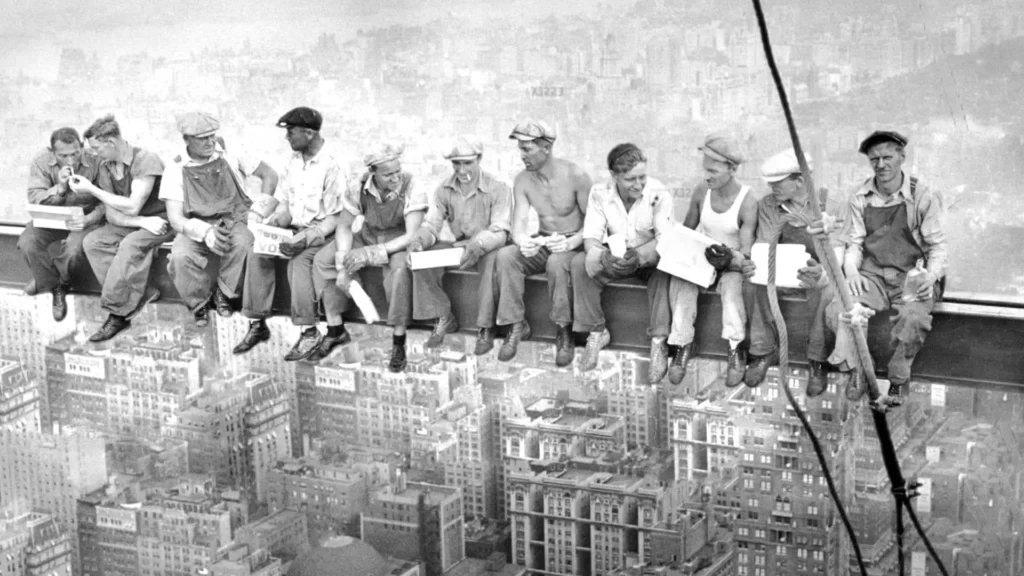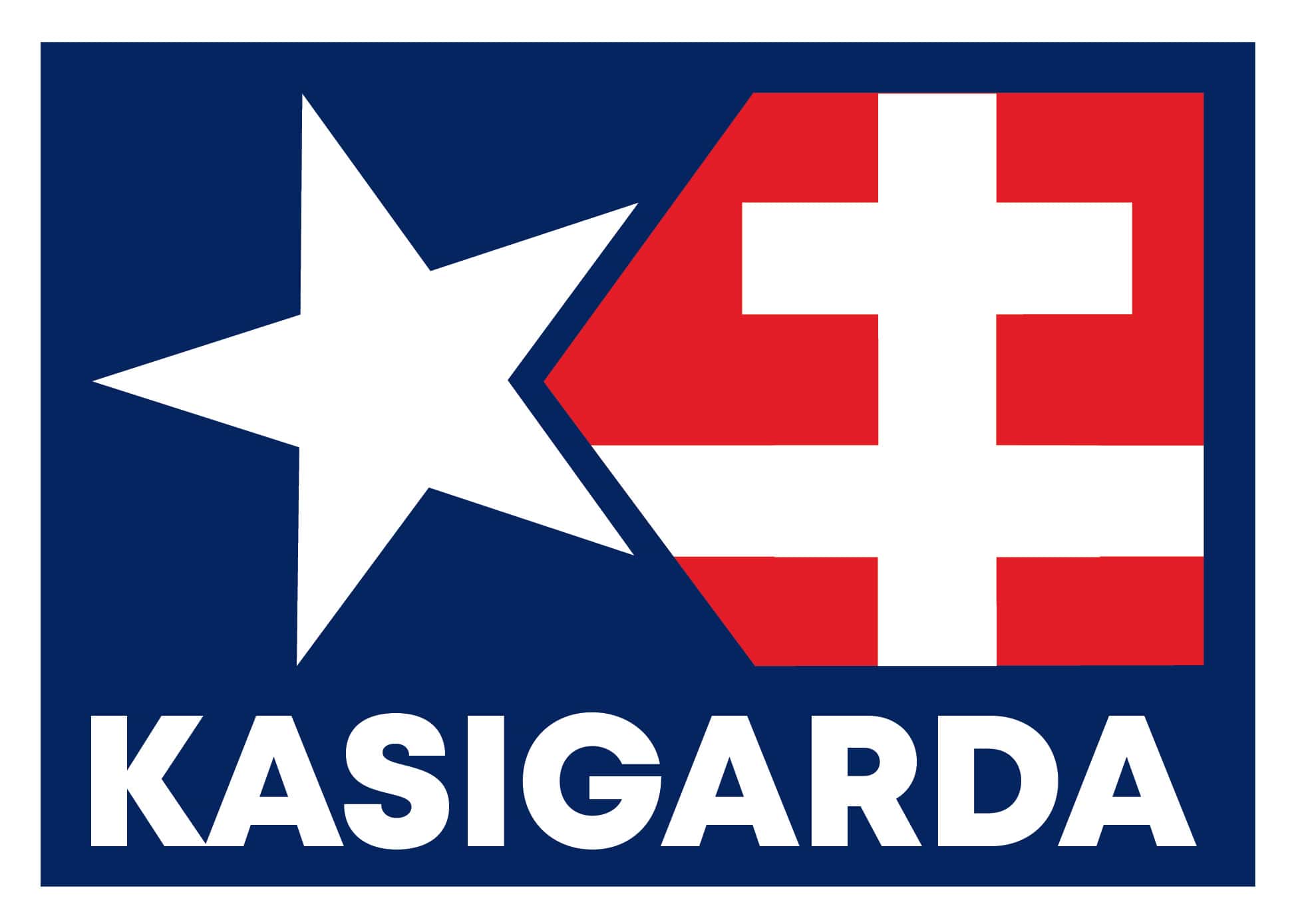Museum of Emigration from Slovakia to North America.
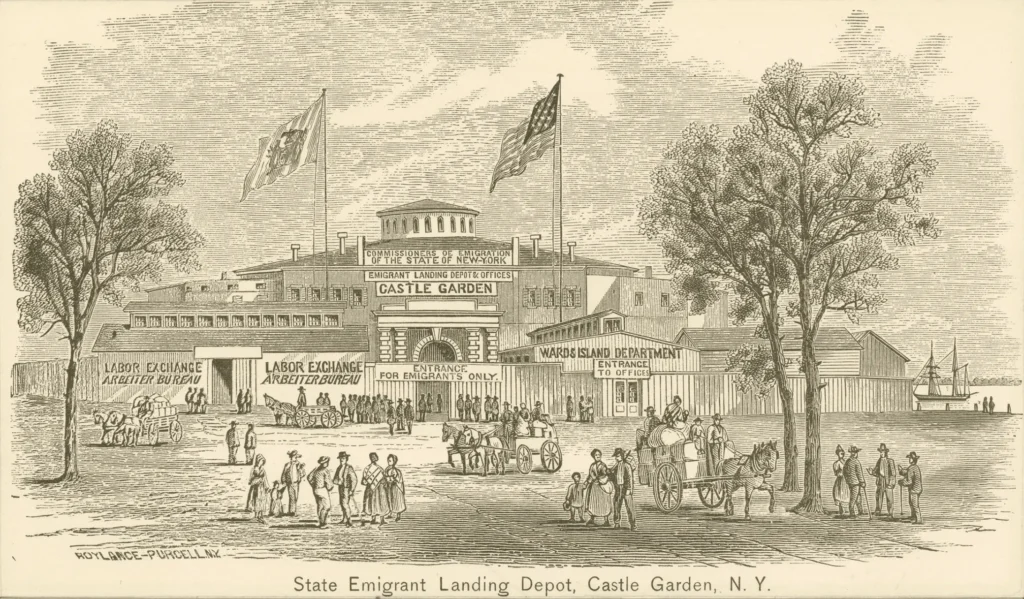
Emigration is an essential part of Slovak history. It is unbelievable that a third of the Slovak nation emigrated from the last quarter of the 19th century until 1968 without any reflection in Slovak historiography.
We in Slovakia have simply forgotten about our compatriots in America, just as they mostly have forgotten about us. As economic woes racked Slovakia, the country was caught up in an American fever. Almost 1.3 million Slovaks endured long voyages and culture
shock to find prosperity and freedom in the “promised land.” For Slovak Americans, the Museum of Emigration will offer powerful insights and artifacts into the lives of Slovaks who sought refuge in North America in the late 19th and early 20th century.
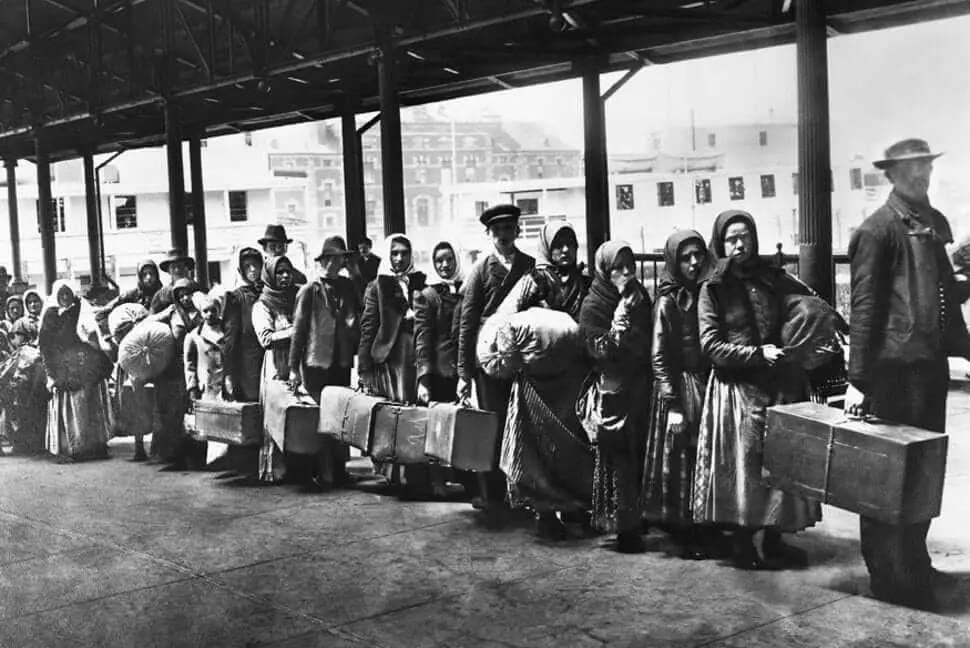
We know very little about why our grandfathers left their families and went to the unknown world. We have no idea how difficult it must have been for the first generation of immigrants to America. No knowledge of the language, manners, just a great desire to
work. The name of the Museum – Kasigarda is a Slovak crumb of the English Castle Garden, the main gate of the immigration office in New York, which every immigrant had to go through. “Kasigarda” accurately reflects the phenomenon of emigration. Illiteracy, ignorance of language, hardship, stress, disappointment, but above all the hope that Kasigard represented for many of our ancestors.
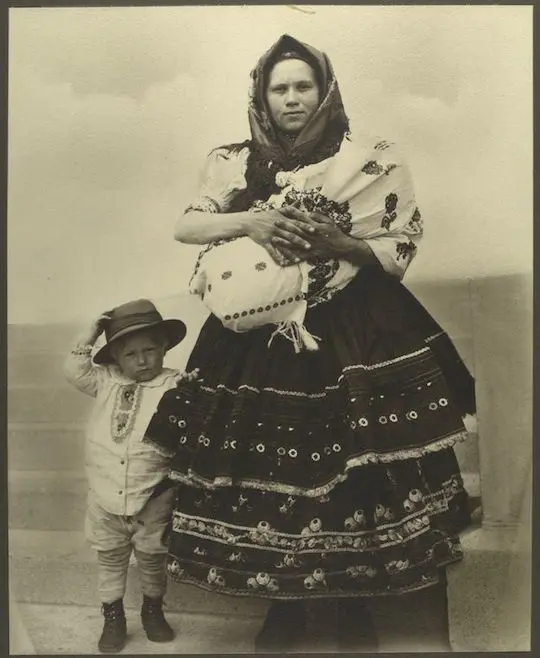
My family is also marked by emigration. My great-grandfather left Ťahyňa for work with his wife, leaving at home a young son, my grandfather, whom they had seen 20 years later. These people deserve our respect, and, above all, they deserve our knowledge.
So that their difficult life in America will not be forgotten. It was this ignorance of my own history that led me to the idea of setting up the Museum of Emigration.
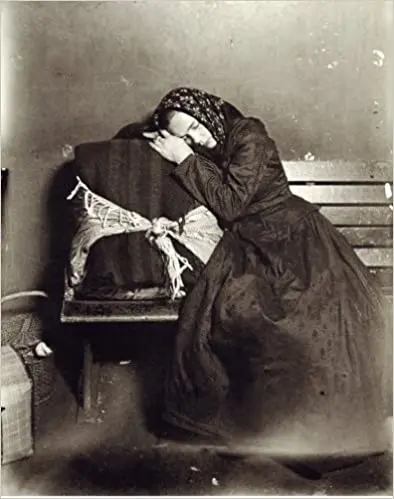
The Museum of Emigration from Slovakia to North America – Kasigarda would not have been established without the selfless help of sponsors, donors and supporters from both overseas and Slovakia. Kasigarda was supported by:
Daniel Harajda, Brigita Harajda, Drahomíra Harajda, Ralph Rack, Victor Pavone, Bob Senich, Audrey Wagner Cunfer, Marta Szotakova Galysh, Amy Marcincak, Maryann Sivak, Austin Cherry, Jerome Paul, Kathrin Condit, Donald Madar, Milan Javor, Vladimír Kačo, Marianna Bosková, Jana Tkáčová, Michal Tkáč, Alexandra Šabľová, Marián Gežo, Ján Gula, Zuzana Kšenžighová, Štefan Raffáč, Renáta Orosová, Ing. Vladimír Vinco, Anton Kocela, Ján Ivanko, Milan Mihalik, Miloš Balog, Ján Marušin, Rastislav Mochnacký, Gabriel Kačo, Michal Rázus, Ing. Štefan Máthé, Richard Palaschak, Helen Fedor, Thomas Stayancho, Karen A. Melis, Jamila Smitková, Miriam Farkašová, Stanislav Šimčík, Milan Kobulský, Rado Stas, Jarmila Stas, Ján Macik, Jarmila Maciková, Peter Belej, Dana Belejová, Alexander Fedič, Juraj Čalfa, Samuel Ďurovčik, Ján Lenčeš, Milan Ladyka, Peter Blaas, Alexandra Blaasová, James Yavorsky, Mark Glen Dillon, Jozef Popjak, Carpatho-Rusyn Society, Czechoslovak Genealogical Society International, Slovak American Society of Washinton DC, First Catholic Slovak Union, National Slovak Society, Slovak Catholic Sokol, Ministerstvo obrany SR, Ministerstvo kultúry SR, Historické múzeum Slovenského Národného Múzea, Slovenské Národné Múzeum a Obec Pavlovce nad Uhom.
Everyone deserves a big THANK YOU!
doc. PhDr. Martin Javor, PhD.
